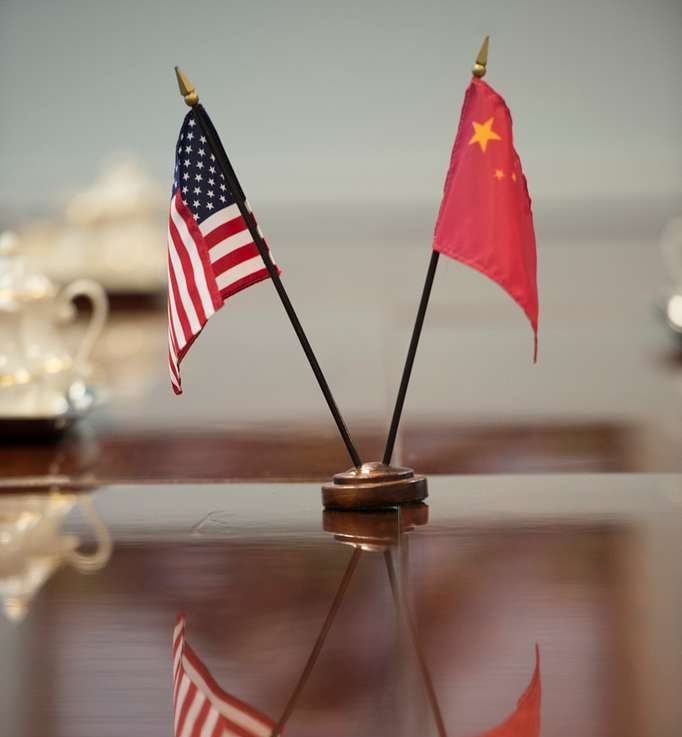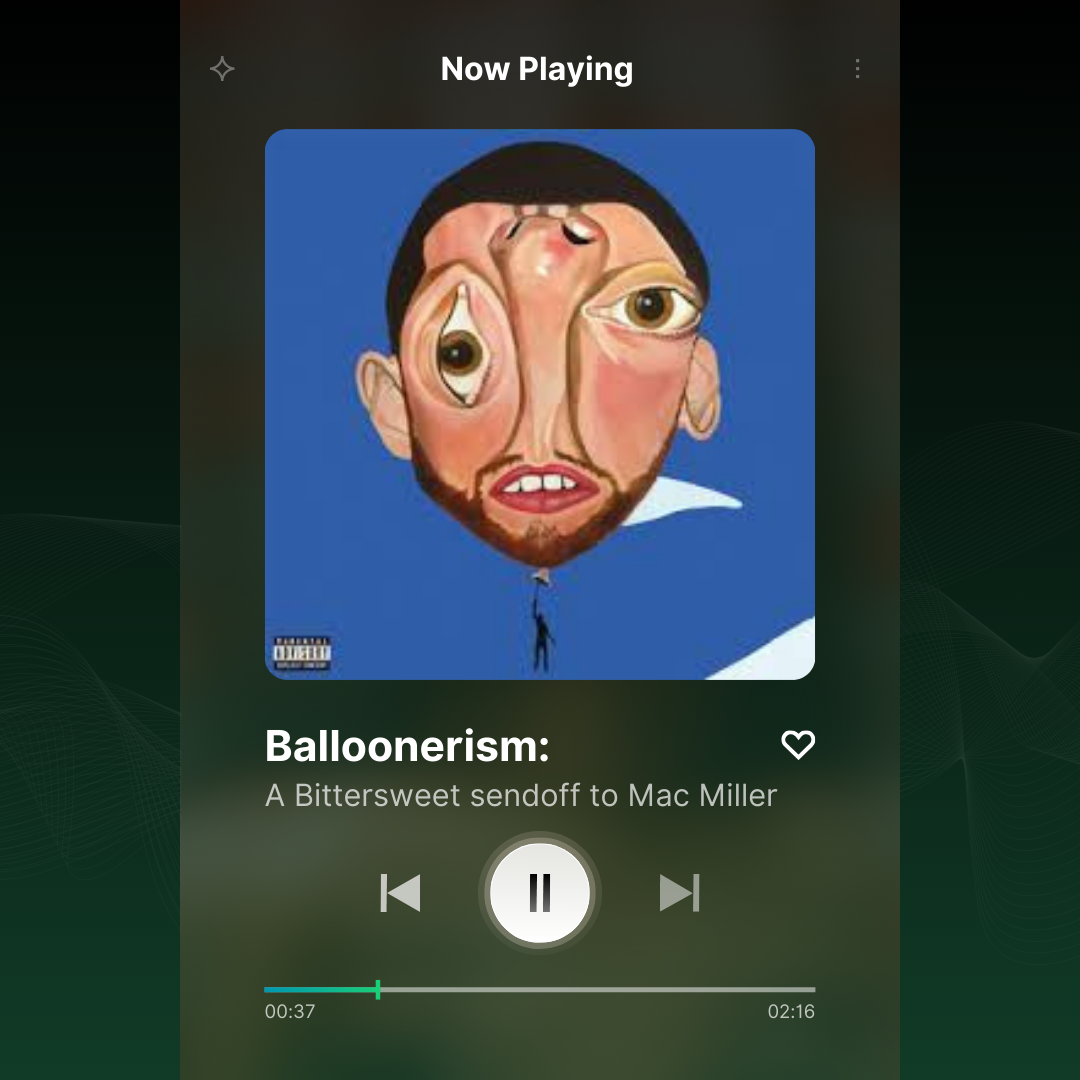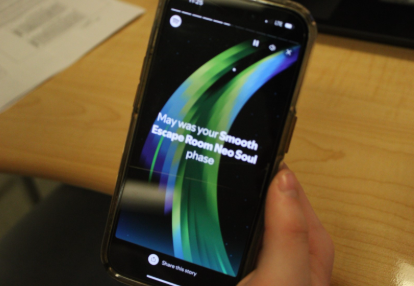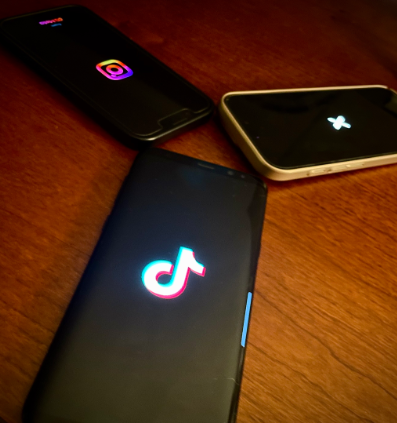TikTok vs. Douyin, Americans vs. Chinese, land of the free vs. the home of the heroes.
America and China are among the world’s leading industrialized superpowers competing in everything from advancements in technology to military might. Each nation, however, has its own quite extensive list of similarities and differences between them.
Chief among these differences is the increasing number of adolescents who are beginning to pose the question, “what do I want to be when I grow up?”
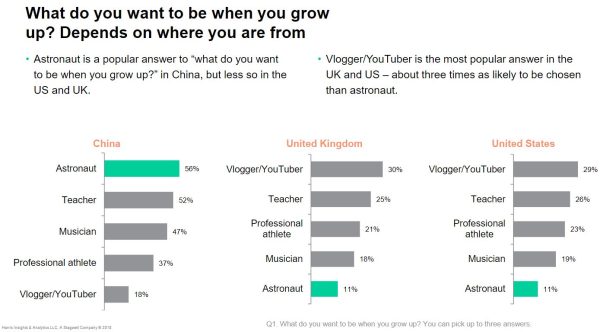
A poll conducted by The Harris Poll on behalf of The LEGO Group questioned nearly 3,000 children from the U.S., U.K., and China on what they wanted to be when they grew up.
The results were quite eye-opening, revealing that a majority of Chinese children wanted to grow up in Science, Technology, Engineering, and Math (STEM) fields or try their hand at becoming astronauts and teachers. A sizeable percentage of American children, on the other hand, aspired to become vloggers or YouTubers.
At first glance, you might be inclined to ask the fairly straightforward question—why is there such a significant difference in the aspirations of children from the East and the West?
Cultural Tapestry: Dreams Woven in Diversity
Hina Taranum, an alumni professor from Mountain View College in Chikmagalur, gave her insight into the diverging cultural nuances present in both Eastern and Western societies.
“Education plays a major role in shaping future aspirations worldwide . . . in Western cultures, there’s often an emphasis on critical thinking, individuality, and pursuing personal passions . . . in Eastern cultures, they often prioritize collective success, respect for authority, and tend to follow more traditional career paths such as medicine or engineering.”
Taranum highlighted that, although it was a broad characterization, it’s not unusual that children in America are drawn to the allure of fame and wealth on platforms like TikTok, Instagram, or YouTube, all of which have transformed into the modern Hollywood of social media. TikTok, in particular, fuels children’s dreams of becoming online sensations through its advertisements geared toward creativity, individuality, and the thrill of being noticed in a digital world.
Americans, and by extension the American culture, celebrates the idea of individuality in society. This heavy emphasis on self-expression that Americans and many other children in the West often translate to aspirations that revolve around gaining fame, recognition, and influence in the online sphere. Platforms that enable widespread viewership such as Vine, Twitch, Youtube, TikTok, and more provide a stage upon which young Americans can showcase their talents, share their unique perspectives, and build a following based on their personalities and interests.
China’s cultural emphasis on education and societal contribution, on the other hand, often shapes children’s dreams about what they want to be when they grow up. This focus on career building and increasing the number of professionals in STEM fields drives this social progression and often drives the portrayal of such jobs as having the most meaningful impact on society as a whole.
One of the biggest influences of this culture in recent times has been the advent of new and improved social media sites that have entered the collective consciousness of young children across many of the industrialized provinces in China.
TikTok vs Douyin: Platforms of Aspiration
TikTok, the social media giant known for its sensationally viral dances and short-form videos, has emerged as a bastion of creativity in the West in current times despite its recent precarious legal standing in the U.S.. The platform encourages dreams of entertainment and influence with big-name stars and media personalities taking their stand there. It’s essentially the all-in-one app where kids are able to simply relax or make content that they love
Douyin, the Chinese version of Tiktok, is essentially a heavily modified version of the popular app available in North America. Douyin has been heavily censored by the Chinese government, especially for children under the age of 14. Children under this age limit don’t have trending dance moves or creative content pushed on them, but rather they’re shown content that includes various museum tours, engaging science projects, patriotic videos, and so much more.
TikTok’s algorithm-driven content distribution model takes any mild trend and amplifies it nearly tenfold by making it an attractive platform for those seeking quick fame and recognition. Its emphasis on short-form, visually engaging content allows users to experiment with various forms of creative expression, from lip-syncing to dance challenges and comedic sketches. This algorithm is essentially designed to keep you on the app for as long as possible without breaks and without allowing you to explore any content other than the stuff that keeps you hooked.
Douyin’s curated content and emphasis on educational material, on the other hand, creates an environment where children are pushed to learn more about the world around them in a way that’s not necessarily “boring” like a traditional classroom would. Instead, the platform helps create an aesthetically pleasing, visually engaging, and highly educational way to learn.
Education: Shaping Future Paths
When comparing the education systems of America and China, the thing that stands out is how they shape children’s aspirations in distinct ways. In America, education often feels like a series of memory tests where students tend to focus almost exclusively on what grade they received. This can, and often does, create an environment where the classroom becomes a prison to escape from, leading some students to explore their creativity on platforms like YouTube or TikTok. This escape from the confines of the classroom, for some students, is brought about because of how our memory-based education system is formatted. That’s not to say that Chinese schools don’t employ elements of memorization or monotonous learning, but it makes learning a lot more engaging to children in school.
Looking at the Chinese, their education system often places a significant emphasis on practical application and real-world relevance of what they learn in school. Colleges and universities in China are extremely competitive, and success is not just about grades, but also about demonstrating a deep understanding of concepts and the ability to apply them effectively. While students in America are encouraged to think and engage with classroom materials beyond simple memorization, students in China are pushed to learn, apply, and direct their understanding with knowledge in meaningful ways.
As a result, American students feel compelled to look toward alternative avenues, such as YouTube or TikTok, to express their creativity and explore their interests. The freedom and accessibility of these such social media platforms provide a space for self-expression and experimentation that isn’t always realized in the traditional classroom settings.
Chinese students often already experience engaging educational content both inside and outside of schools and through online resources, like science channels showcasing cool experiments and practical applications of knowledge. In fact, a Chinese short-form science channel called Miwu Science has taken YouTube Shorts by storm giving Western audiences a real showcase of what these science channels are actually about. This exposure to stimulating educational experiences from such an early age can inspire children to pursue their aspirations within the realms of STEM.
Navigating the complex topic of education and career aspirations inherently has to come with the acknowledgment of the diverse challenges that youth around the world face today. While education plays a crucial role, external factors such as financial constraints, career market dynamics, and societal influences significantly shape their trajectories. Striking a balance involves recognizing the importance of education while also considering the broader economic and social contexts that influence students’ decisions and opportunities.
The issue of education extends beyond academic achievements and career trajectories to encompass the broader socio-economic landscape that intersects with personal aspirations. While platforms like TikTok may offer avenues for expression and economic prospects, they operate within a larger ecosystem wherein access to quality education, economic stability, and diverse career pathways are equally essential. Empowering the next generation of leaders and learners involves not only addressing systemic challenges and promoting inclusivity, but also providing opportunities for every young individual to thrive and diversity in an ever-evolving technological world.


